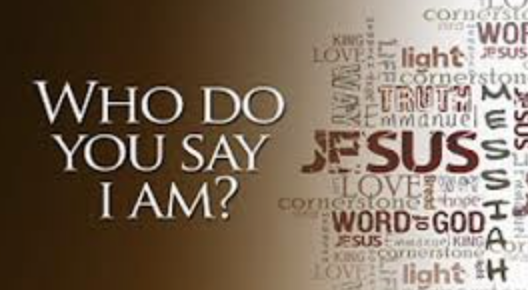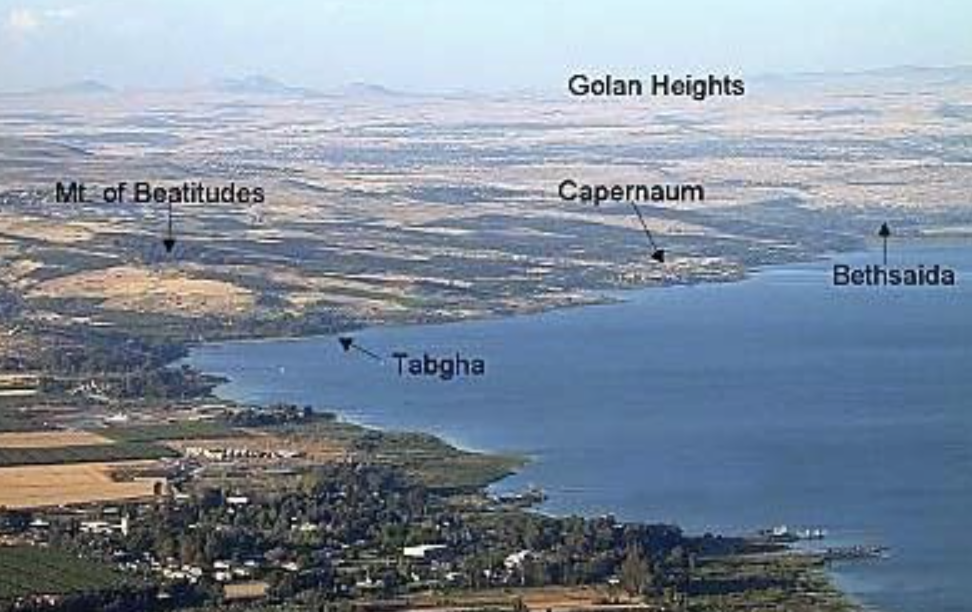
In every scene we may have onlookers who perceive a different perspective. An accident may have multiple witnesses and possibly multiple different accounts. In the film Patch Adams, which I have highlighted before, a man holds up four fingers and asks “How many fingers can you see?” [Spoiler Alert – the answer isn’t four]. What’s our focus?
Our Focus
In Mark’s Gospel, there are multiple healings, numerous demons – it’s quite astonishing, miraculous, it’s what we might have been expecting. But were the original readers of the text, those whom Mark (or Peter whom highlighted the information to this non-eyewitness) was writing to? Here we read Mark 1:21-28.
Hellenistic Healers
Although Jesus is deemed to a great healer, one of his three ministry components: teaching preaching and healing, he certainly wasn’t the first. From 420/419BC the god Asklepious was known as a god of healing.
Jump to some more history below, or carry on from here…
New Testament
“There are twenty-two stories of healing recorded in the synoptic gospels. Of these twenty-two, fifteen of these healing accounts tell stories of Jesus’ ministry to the marginalised. The marginalised here include women, lepers, demonics, beggars, and those who were discriminated against by the Jewish community during the time of Jesus.“[1] But if Jesus’ healing ministry transcends mere physical dimensions, then we need to ask ourselves what lessons Jesus wanted us to learn from his healing.

So, in general, there was a good understanding of healing in Palestine resulting from the Hellenistic (Greek) people. When we speak of Demons, as shown above, let’s not jump to the fiery creature of the gogglebox, but consider anything that has power over a human, that is not of God. Just as enemies doesn’t automatically relate to soldiers, demons are not all red and slimy…etc. What’s our focus?
The question for us isn’t “did this really happen” but what does this mean to us today?
First Stump Speech
Whenever a new Prime Minister takes their place at 10 Downing Street, they also seem to have a new lectern. It is their place to make their first speech, so nothing too bold…; this is Jesus’ first public ministry. So perhaps we can try baby steps first …yes?
No.

Jesus steps into the Synagogue, a sacred space, in Capernaum on the Sabbath, a sacred time. Capernaum was a provincial village with commanding links to the north, lying on the banks of the Sea of Galilee.

On his first public foray, Jesus immediately – key word within Mark’s Gospel – subverts the priestly control of the normal day to day rulings within the Community. His actions, specifically the healing, exorcism and solidarity with the socially outcast brings him directly into conflict with the local authorities. My thoughts on the Sabbath are here. But the Sabbath is going to be a key ‘battleground’ in Jesus’ ministry.
What does it mean to you today?
Our Response
The Demon upon meeting with Jesus, cries out “What do we have in common?” (Mark 1:24). We?
The Demon then follows that up with “You from Nazareth” reminiscent of Nathanael’s response about Jesus’ home town. But this defiance is soon to be changed into fear. “Have you come to destroy us?“…Us?
The Demon acknowledges Jesus, by saying “the Holy One of God“, as 2 Kings 4:9, relating to Elisha. So, Jesus is a prophet? Jesus tells the Demon to “Be Silent” – not be quiet but speak no more of this. We will see more of this as the Gospel unfolds, this Jesus doesn’t want people to think he is a political Messiah. The people were all amazed, which really misses the mark by a long way. In the Greek this word (ἐθαμβήθησαν) is more about panic than popular acclaim. That’s quite a difference.
What’s the focus?
We can focus upon the miraculous healing – but the locals were used to this. We could wonder in astonishment why Jesus was doing this – on his first public outing – just as the disciples who were probably still wondering what they were doing. It might well be that the focus was the battle between Jesus, bringing the [spoiler alert] Kingdom of God, and the ruling authorities of that time.
Jesus was highlighting that even on a Sabbath, God’s rule was paramount over any human rule. Healing could occur on such a day, and not to the rich, who might be able to afford it from any local healer, but to the ignored, the marginalised.
Possibly our focus as we journey with Mark is to look beyond the spectacular, as we see it in the 21st C, but at what Jesus was showing them, us, about community, about relationships, at being as one with God.
What are you looking for from Jesus? A healer? A miracle maker? What phrase would you use?
History of Healing
Whereas Apollo was a god of both healing and disease, Asklepious was a “blameless physician” [Illiad 11.518]. Some writers, Justin and Origen, considered Asklepious as akin to the ‘God of the Septuagint’, the Jewish God. [2] Oddly Asklepious was the son of God and born of a mortal woman. The family of Asklepious had names which, in English, are very familiar: health, cure, universal cure and mild. In the writings describing the god Asklepious refers to blindness and sight even if the person isn’t physically blind.
Wells [3] describes the Jewish God as one of healing and suffering (p112), but God heals due to the desire for humanity to function as part of community. Peace, or Shalom, is an agent of healing, noted in the Apocryphal Sirach 18:19, 4 Kings 9:16 and Wisdom 16:12. Jesus’ ministry is highlighted in the Synoptic Gospels (Matthew, Mark and Luke) as evidence of Jesus’ divine nature.
Mark
Within the first Chapter of Mark’s Gospel 25% of the healing miracles occur. Of the 19 healing acts in all, 17 occur by Chapter 8 of the Gospel! However, Mark does not include any more healing (40% of the text refers to healing) than say Matthew (40%) nor Luke (35%, despite Luke purportedly being the physician) [4]. Three of the six general healing episodes in Mark’s Gospel includes demonic possession. [3 p. 135]
However, Wells argues that this is a battle between Good vs Evil, of Jesus’ authority over agents of Evil, an “ethical duality not ontological”.
What does that mean? This was a metaphorical battle not one of reality.
References:
[1] Maragh, Alvin Lloyd, “The Healing Ministry of Jesus as Recorded in the Synoptic Gospels“. Loma Linda University Electronic Theses, Dissertations & Projects, 2006. http://scholarsrepository.llu.edu/etd/457, last accessed on 18 Jan 21.
[2] Justin, Apologia, 54.10.
[3] Wells PhD, BA Dip Ed, MA, M. L. S., The Greek Language of Healing from Homer to New Testament Times, University of Tasmania, 1993 [Submission], https://core.ac.uk/download/pdf/33334265.pdf, last accessed on 18 Jan 21.
[4] Wilkinson J., Health and Healing Studies in NT Principle and Practices, (Edinburgh, 1980), pp18-19.
3 thoughts on “What’s our focus?”